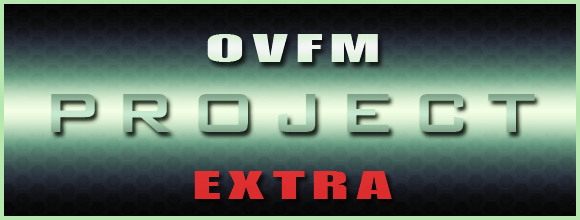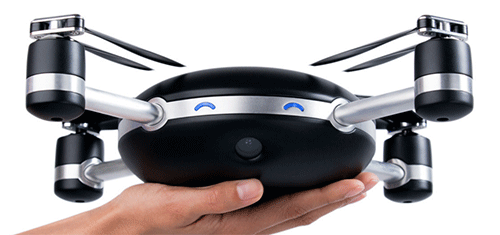Directing and On Set Instructions
Here at OVFM one of our primary aims is to share our knowledge of filmmaking to help everyone improve their skills either in front or behind the camera, pre-or post production.
In a recent double practical sessions of making joke films, some club members found themselves stepping into the role of director or camera operator for the first time and it opened their eyes to what these duties entail and their impact on the filming process. One helpful factor was the crib sheet our chair Jane Oliver created in a Word document, which you can download and print off to use yourself for future reference HERE.
John Epton also compiled the following points guide which expands upon the suggestions in Jane’s crib sheet in how to respond and comply accordingly to the director’s instruction, be it on single or multi-camera shot, detailing the roles and expectations of those participating in key roles:
Cameras
In the event it is going to be a long day be prepared and bring your :
Heaviest/Best Tripod
Spare Batteries
Blank SD Cards
External Battery Charger
Set your cameras to:
Maximum quality
Interlaced
Stereo sound
Automatic everything
If the action is mostly static shots, it will be important to capture facial reactions and body language so:
Frame the shot beforehand
Do not pan or zoom during the take (unless absolutely necessary or instructed)
Allow plenty of ‘nose’ room when filming an actor from the side, (ensuring that he is talking to the centre of the screen and not to the edge of the screen).
Keep rolling (if something is going wrong with your shot whilst filming, wait until the Director shouts CUT and then explain what has gone wrong).
There may be a film shoot with more than one cameras. However, not all scenes will require every camera to be used so please be patient if you are not called upon. Perhaps whilst waiting, you could:
Capture some relevant cutaways.
Assist with related tasks like creating shadows or wrangling the dolly.
Sound
The boom mic will be used and in some instances fed into a separate sound recorder. The boom mike should be as close to the source of sound as possible and is directional so that it must point towards the source of sound . However, it does pick up unwanted boom movement. So it must be:
Close to the sound source
Not in the shot (above heads or below belt depending on the shot)
Kept as still as possible during the take.
Clapper
This is the most important job. The Clapper Board provides the synchronising signal which is used in the edit to lip sync the 3 cameras and the sound system. So ensure:
That the clap is loud
That you announce the Scene and Take information loudly.
That the board is placed close to the main actor’s face so it can be seen by all cameras.
If necessary clap after the Director shouts CUT but just before the cameras are stopped (should there be a problem with the Scene and Take details ).
General Instructions
When the Director has ensured that everyone is ready he will shout CAMERAS and then SOUND to initiate the start up of the equipment.
At your instruction :
Press the record button on your equipment.
Wait until your record indicator is steadily on
Then shout ROLLING to confirm.
The Clapper operator should wait until all active cameras and the sound recordist has confirmed they are ROLLING before clapping. The Director will shout MARKER to initiate the Clapping. Once the Clapper person has moved out of shot the Director will call ACTION.
When the action is complete the Director will shout CUT. At this point, everyone should stop the recording and shout CUT.
The Clapper operator should ensure that each person has stopped recording.
Hopefully this makes things clearer for those of you who have only worked on small shoots and may one day expand to something bigger, or have only worked alone. It is amazing how something so small can make all the difference and the benefits will be felt during the shoot, in the editing process and in the final cut.
Thanks again to Jane and John for their efforts in providing these articles for us which I am sure you will all put to good use.



